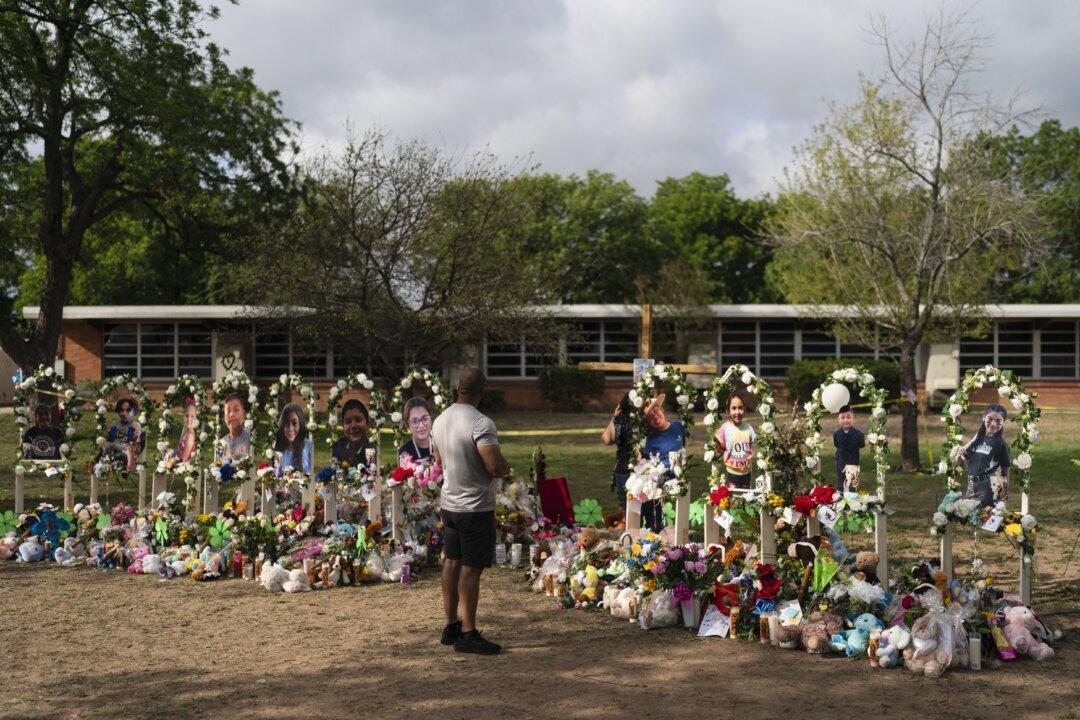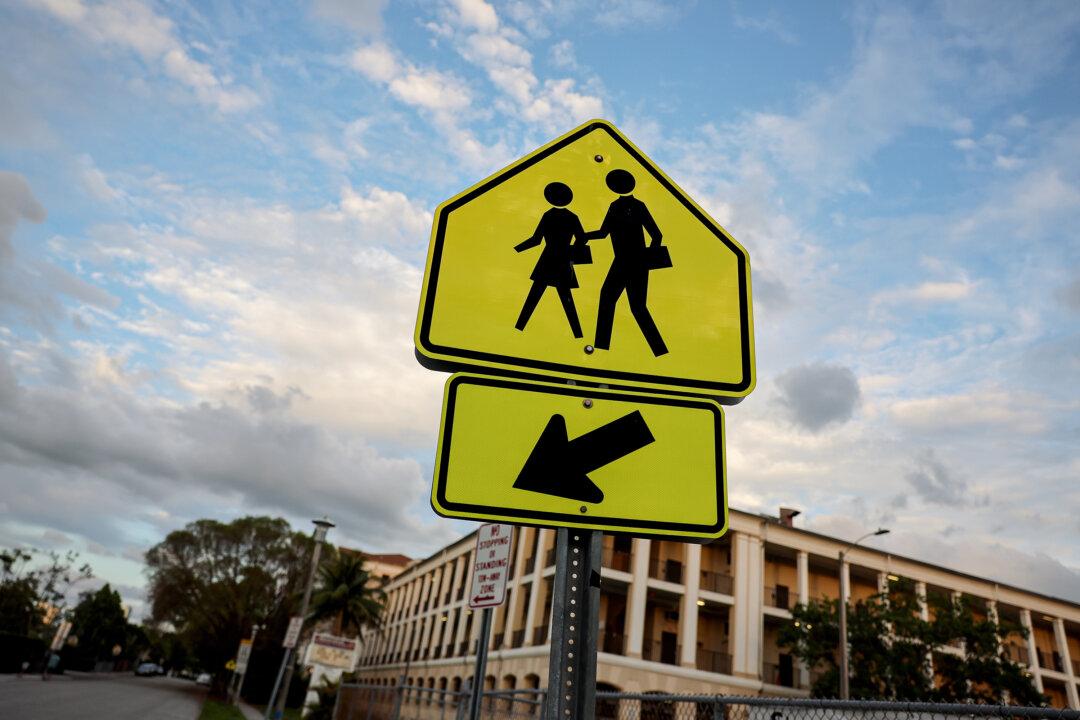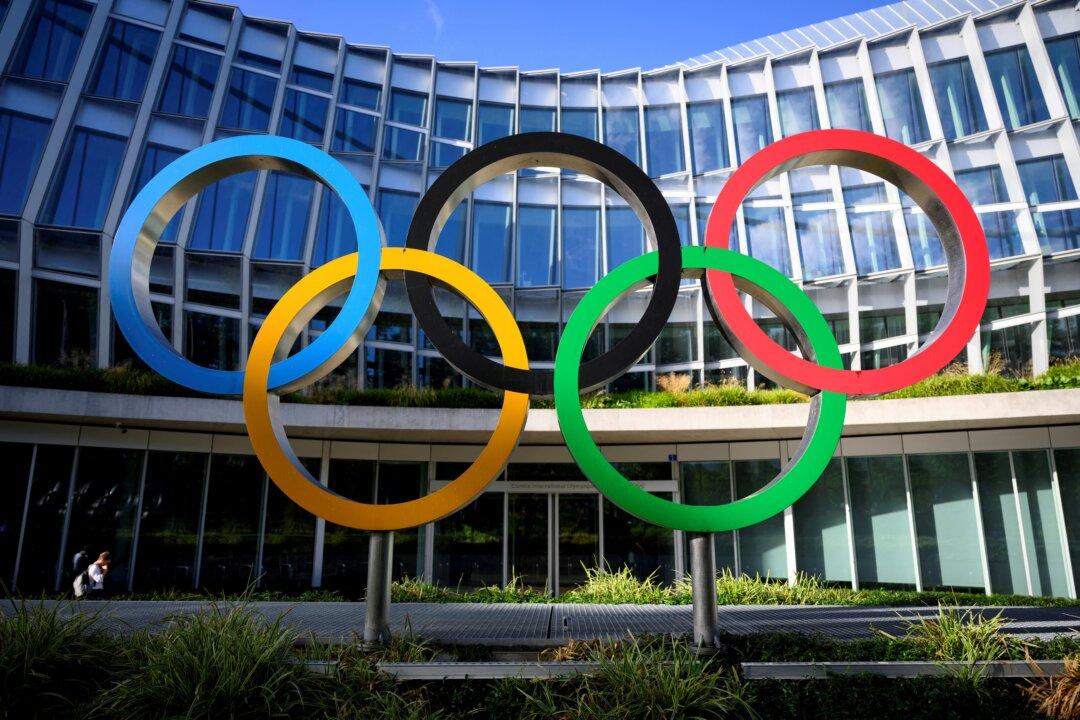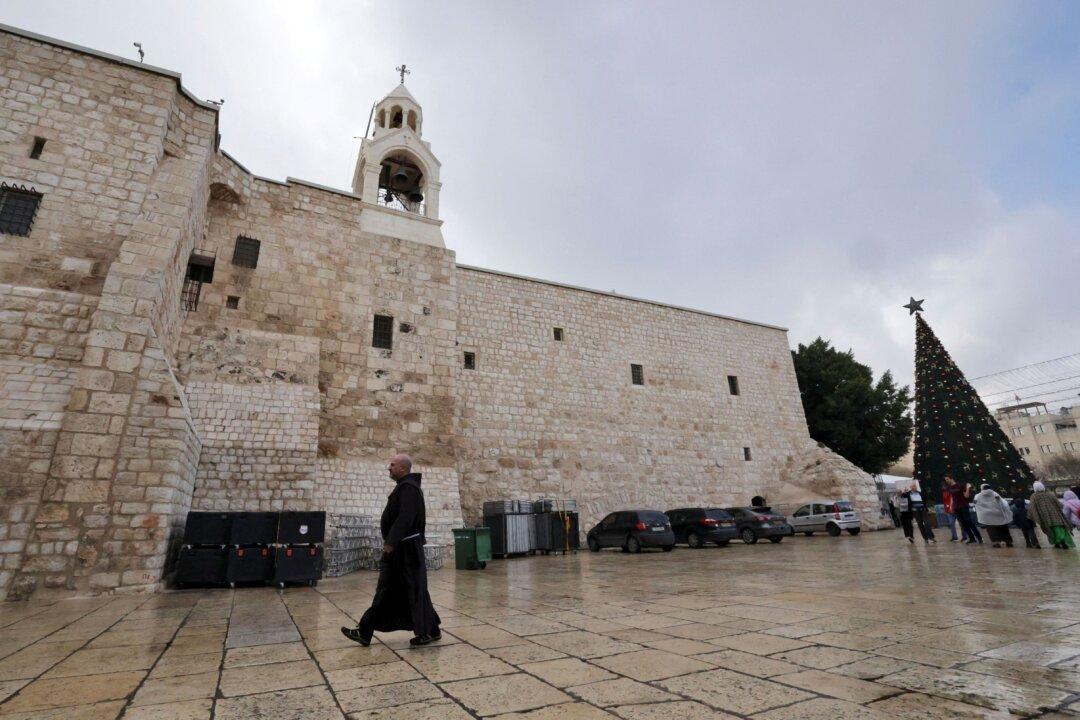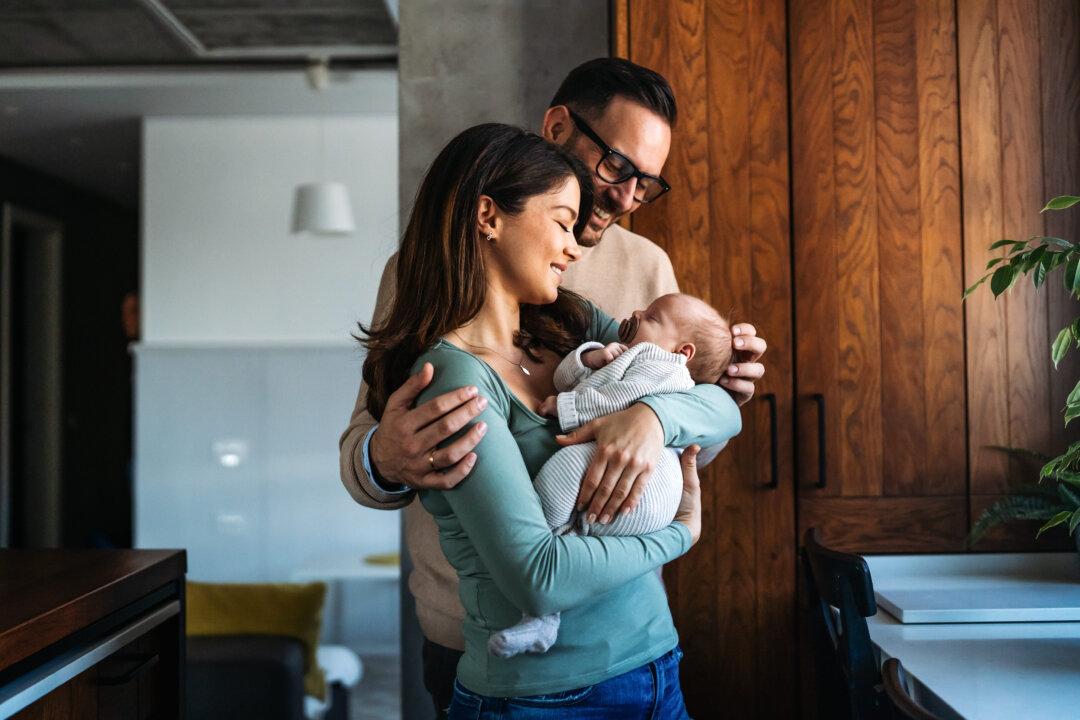Commentary
The United States is a gun culture, and too often children pay for that obsession with their lives. About 1,000 children in the United States die every year as collateral damage to gang violence. Of the 169 deaths in school massacres since 1999, fewer than 150 were children. But it’s the massacres that unite the nation in a paroxysm of grief and frustration.
